Pierre Jeanneret and Edward Armitage: tracing design inspiration in Chandigarh
British designer Joe Armitage set off for Chandigarh, India, to trace his grandfather Edward’s footsteps and recreate a photograph of the latter’s ‘Armitage’ lamp. A trail of intrigue around its inspiration lay in wait, as he reveals
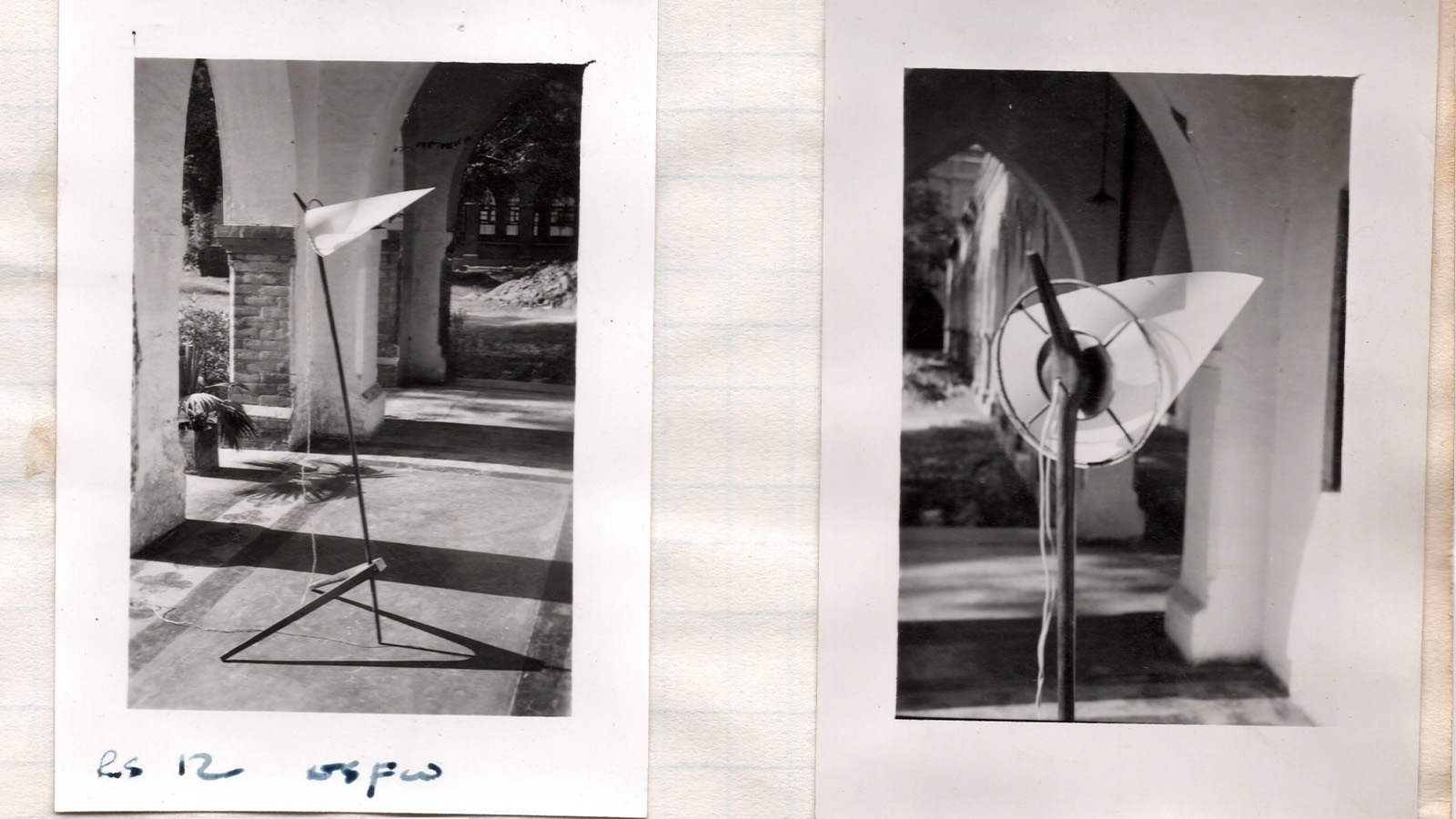
Stepping through an elegant, pointed arch onto the pattern-painted concrete of the dusty colonnade, I suddenly felt a sense of familiarity and belonging. Two weeks into my Indian adventure, I had finally found the exact spot in Ludhiana, Punjab, where my grandfather photographed his iconic lamp prototype in 1953. In that moment, I also realised I was standing outside the very room where he had lived with my grandmother, then just 22 years old, on the floor where my father had crawled as a baby so many decades ago.
Pierre Jeanneret and Edward Armitage: tracing design inspiration in Chandigarh
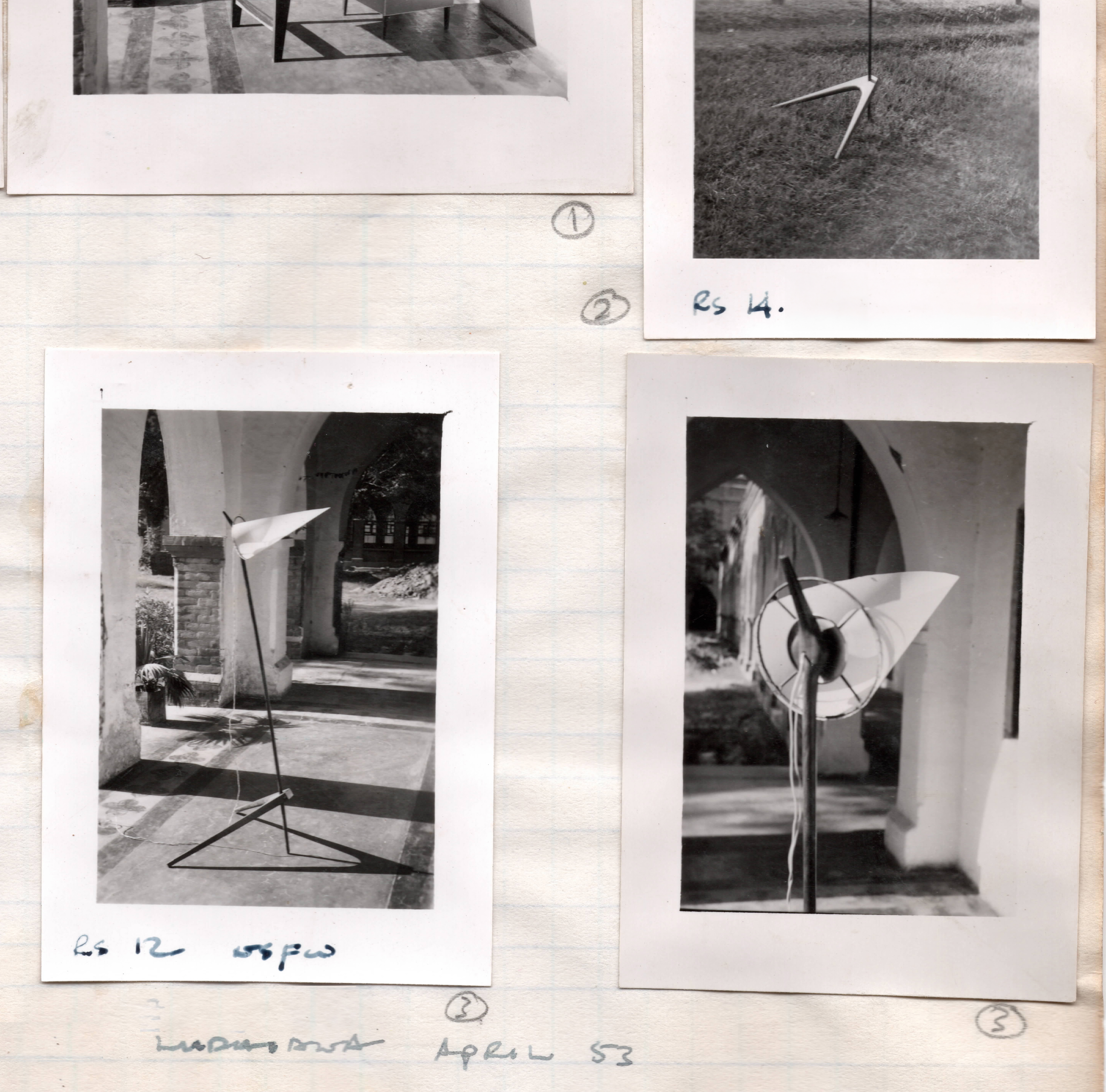
Scan of Edward Armitage’s photo album, showing his original photograph of the ‘Armitage’ floor lamp
I felt a startled sense of excitement, standing in such a significant location within the grounds of the hospital that he designed. The photograph of the lamp had been an essential artifact for me over the last 15 years – almost as important as the original prototype, which had sat in my grandmother Marthe’s living room for over 70 years since their return from India. Somehow, the way my grandfather, Edward, captured the lamp – framed by those colonnades – showcased the simplicity of its form and his design intent with unwavering clarity.
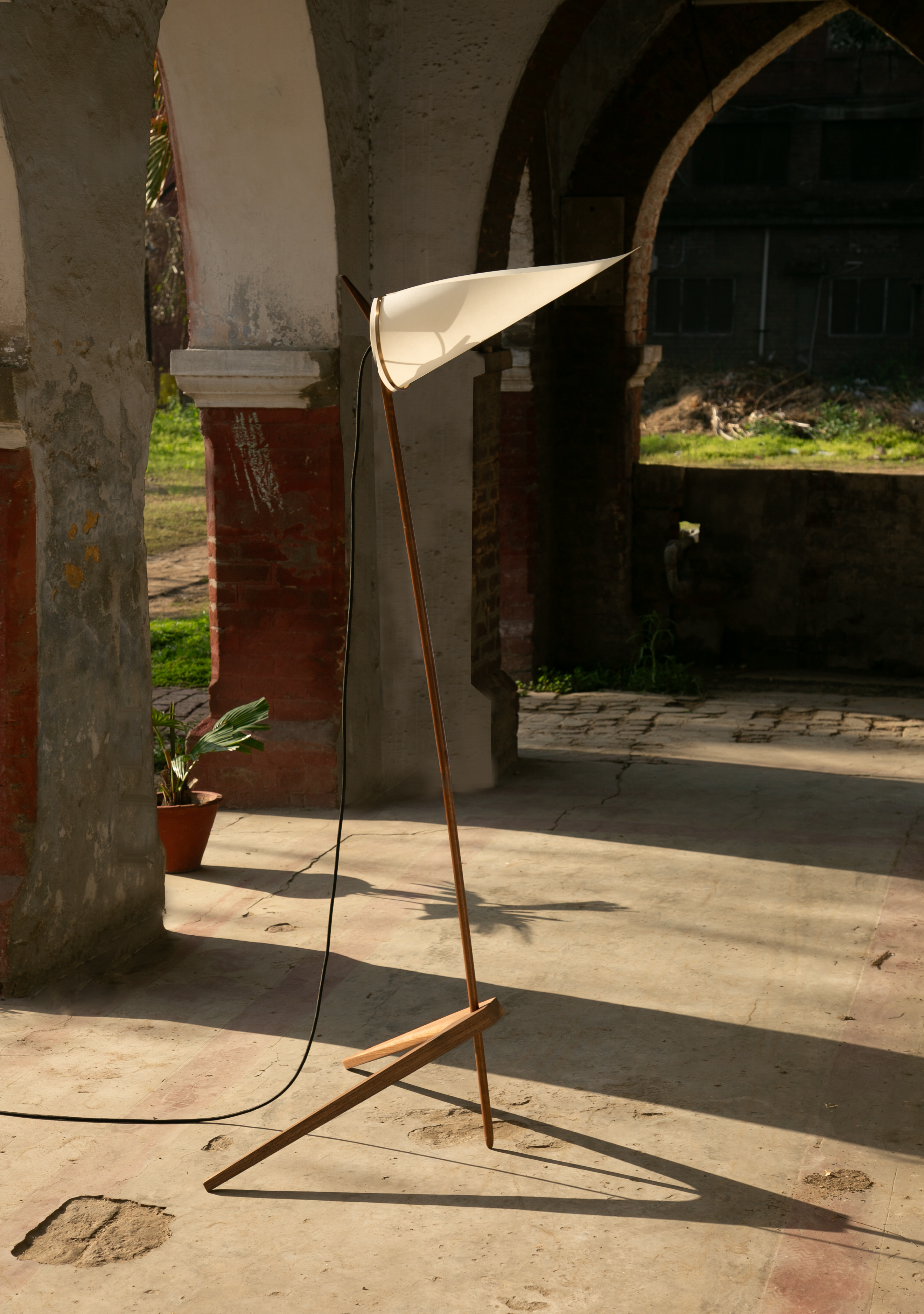
Recreation of the original photograph of the ‘Armitage’ floor lamp after 70 years
The next morning, I woke up in the hospital guesthouse, also designed by my grandfather, quickly downed a coffee, and hurried out of the doctors' residential compound, a fully assembled floor lamp slung over my shoulder. The low rising sun pierced through the tropical plants around me, and as I strode through the bustling morning traffic with locals eyeing my strange silhouette, I knew I didn’t have much time.
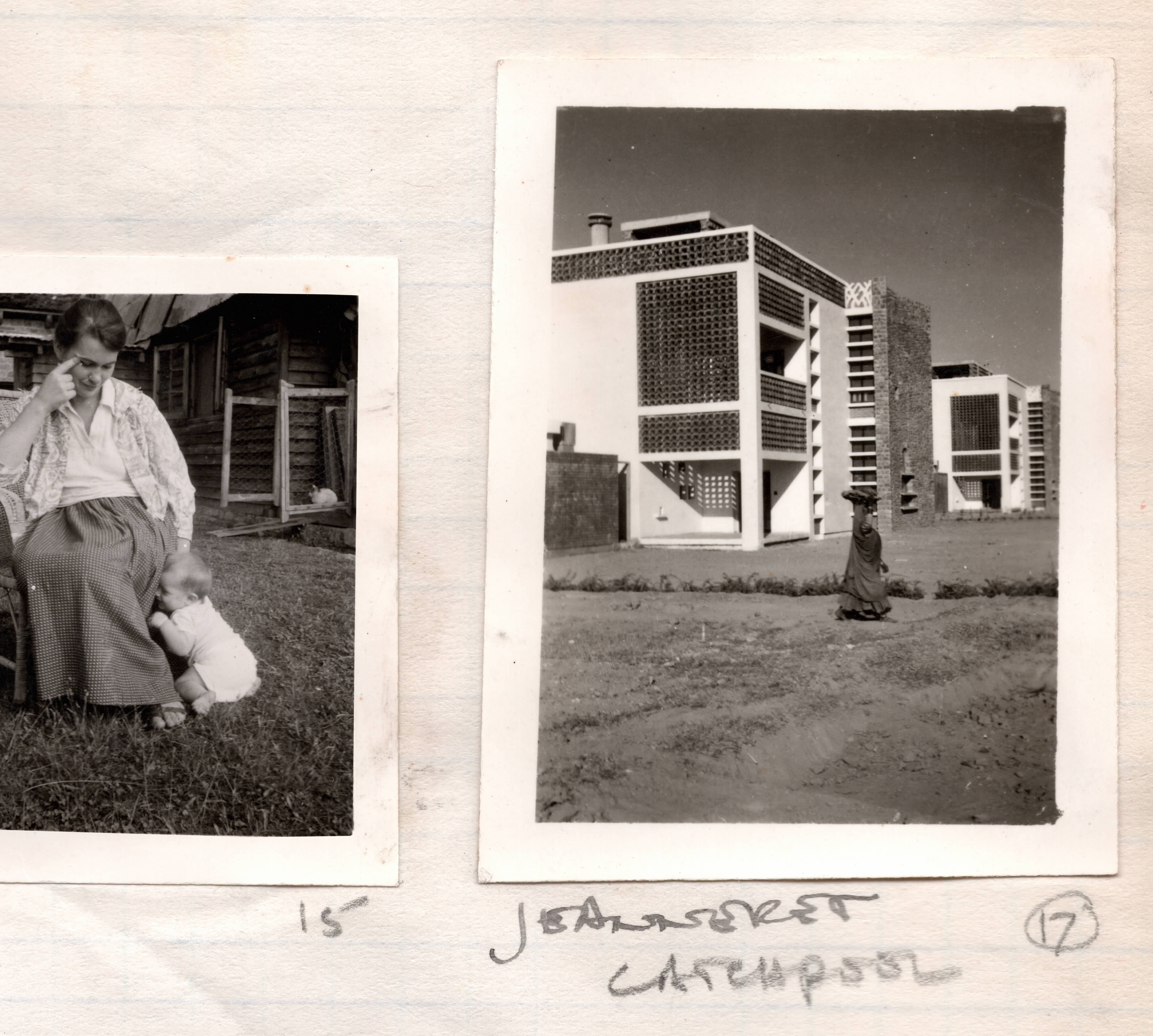
Scan of Edward Armitage’s photo album from his time in India showing Pierre Jeanneret’s house in Chandigarh
I ran the last 50m to the colonnade, adrenaline coursing through me as I hurriedly unpacked my camera and set up the shot. The long shadows cast by the morning light fell nicely perpendicular to the colonnade’s columns, just as they had the morning my grandfather took his photograph. As I adjusted my lens and pressed the shutter, I felt a wave of satisfaction. My mission was complete – it was a full-circle moment.
Although one of the primary goals of my trip to India was to recreate my grandfather’s photograph, my deeper ambition was to uncover what had inspired him in creating such a distinctive design. My grandmother always believed he had drawn inspiration from the flora and fauna surrounding him. The sleek, conical shade could have been derived from a tropical plant, while the V-shaped legs echoed the horns of the holy cows roaming the Indian streets.
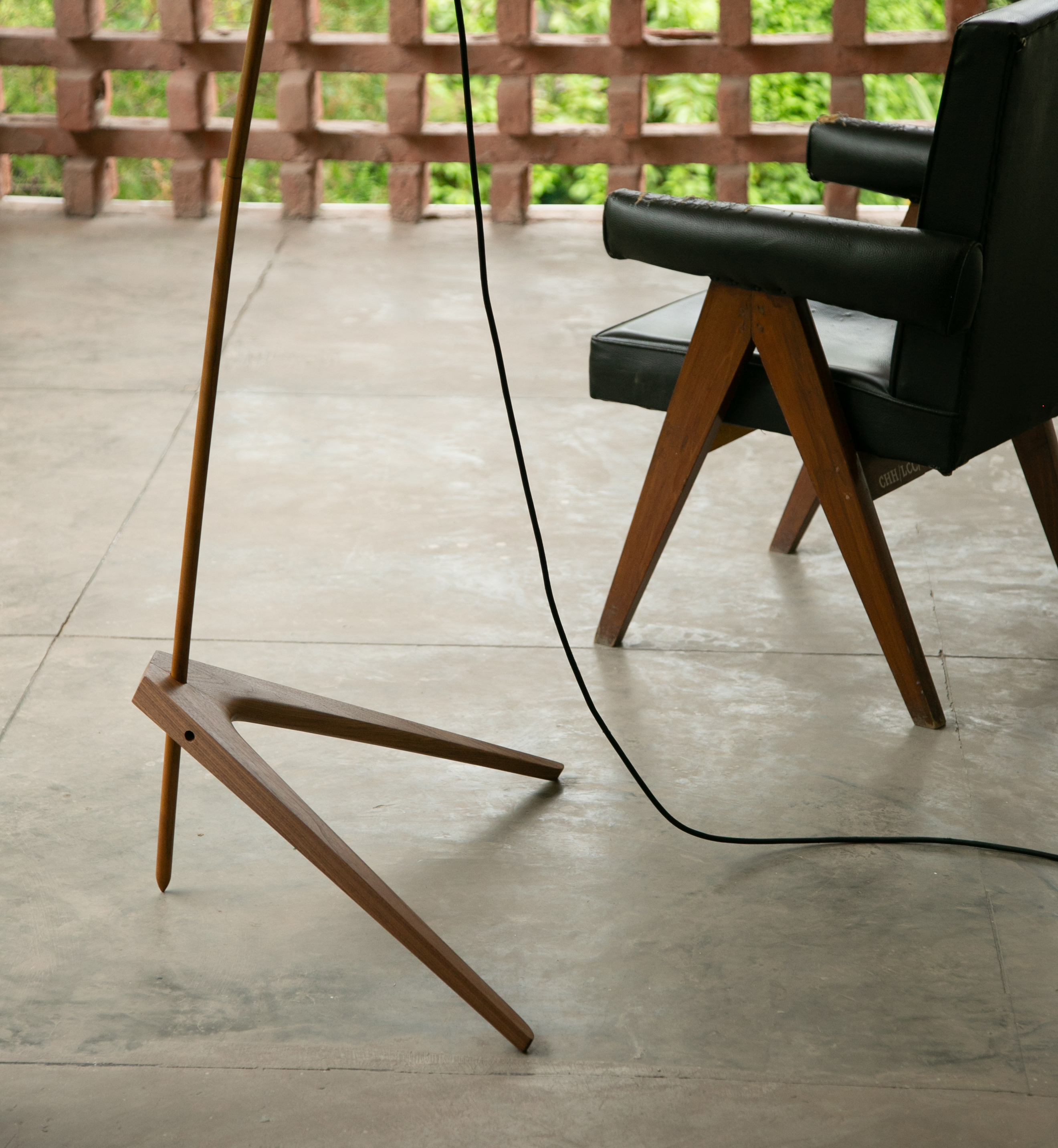
The legs of the ‘Armitage’ floor lamp and a Pierre Jeanneret chair, photographed at Jeanneret’s house in Chandigarh
However, I had another theory: the V shape could have been influenced by Pierre Jeanneret’s renowned furniture designs, which feature an identical leg form. To investigate, I planned another trip to India – this time to Jeanneret’s house in Chandigarh. Back in the 1950s, my grandfather several times made the 60-mile journey from Ludhiana to Chandigarh, where he maintained friendships with Maxwell Fry and Jane Drew, who had been appointed to design the new city alongside Jeanneret and his cousin, Le Corbusier.
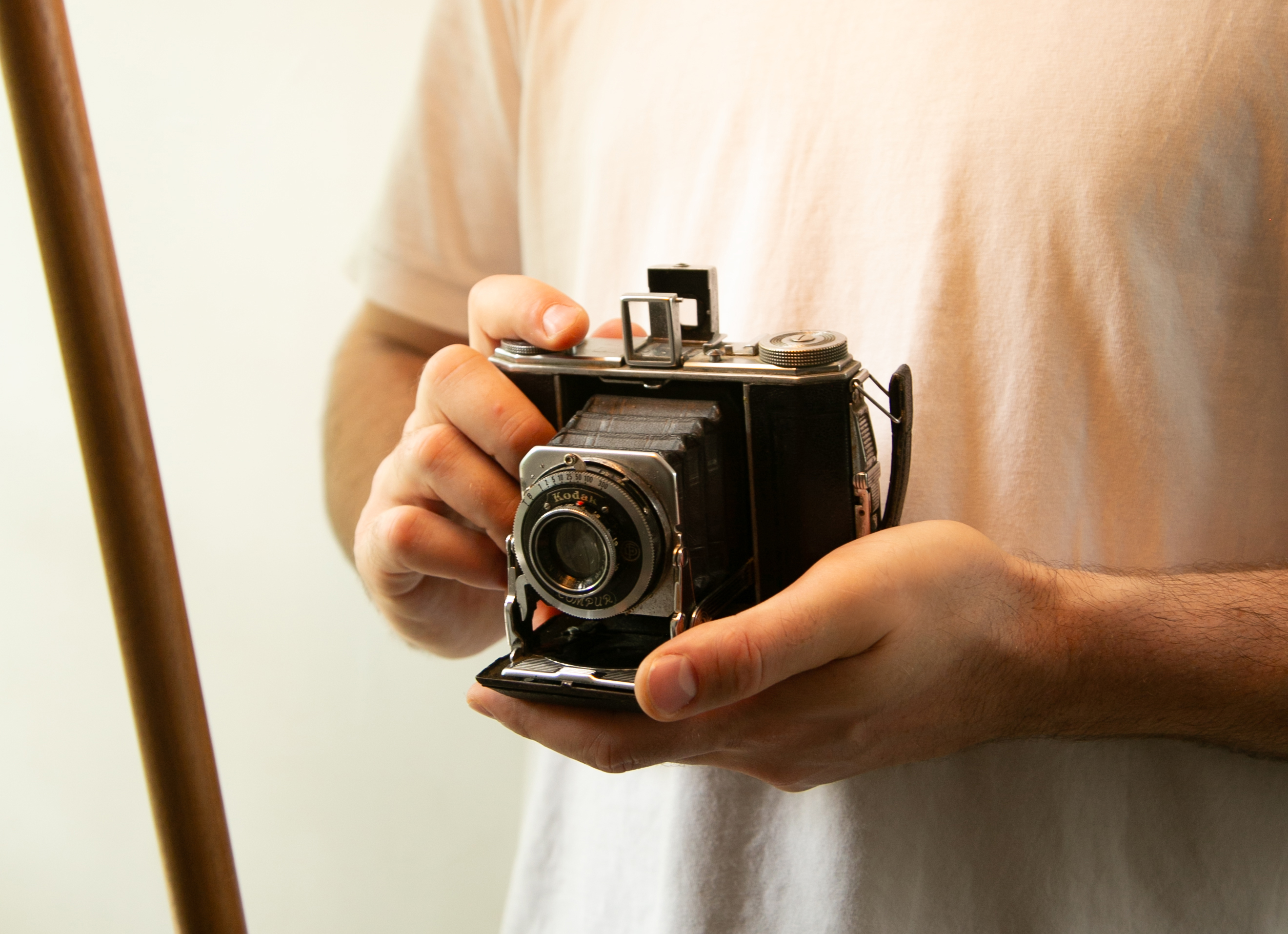
Edward Armitage’s Kodak Camera, which he used to document life in 1950s India
To step back in time and view the legendary modernist city through my grandfather’s lens, I decided to bring his century-old camera. Engraved with his initials, EJA, the beloved Kodak was a key tool for Edward. He carried it everywhere, meticulously documenting the world around him: architecture, design, family, work, and inspiration. While in India, he developed photos to create annotated albums and sent letters with updates to friends and family.
Wallpaper* Newsletter
Receive our daily digest of inspiration, escapism and design stories from around the world direct to your inbox.
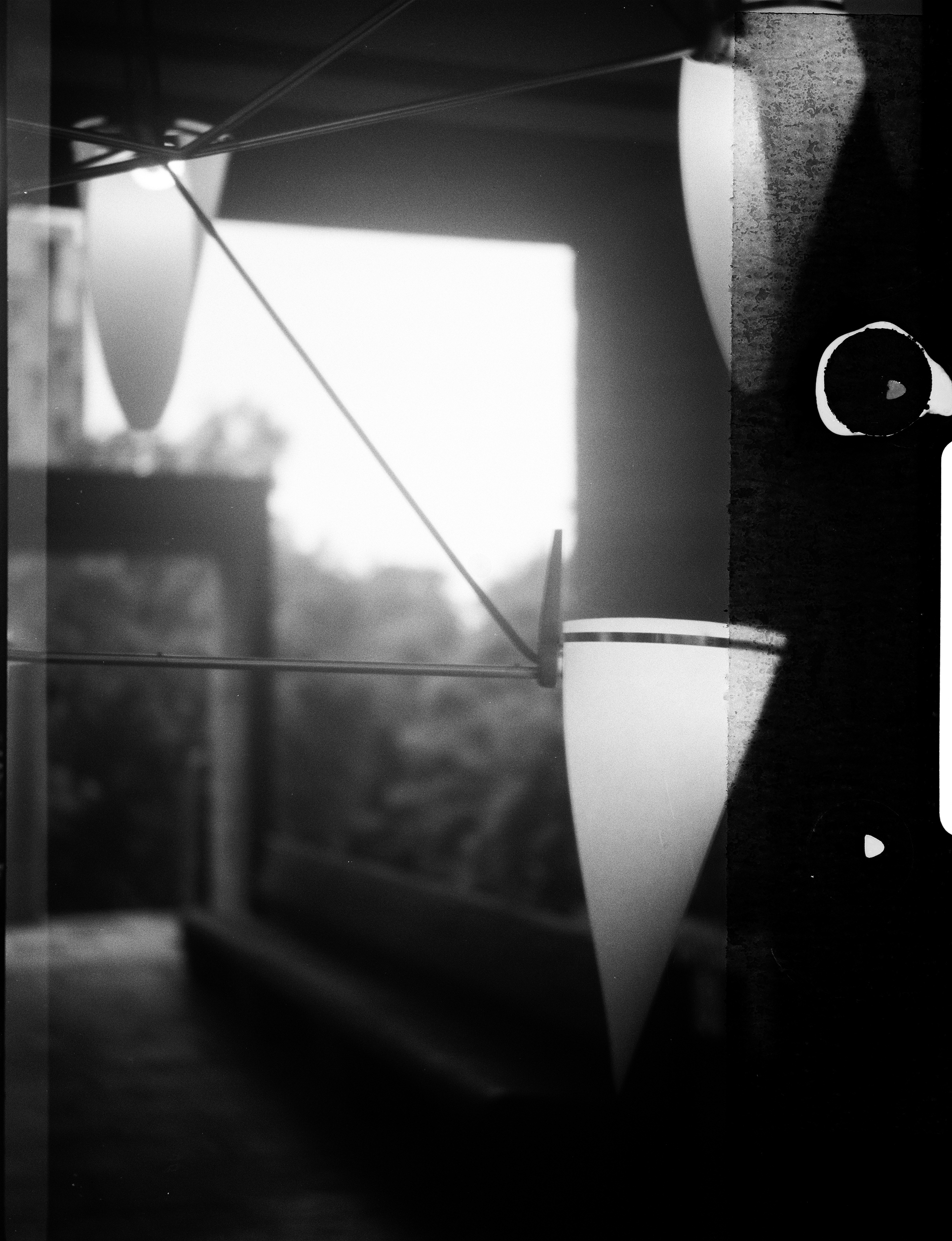
Taken on by Joe Armitage on Edward’s original camera: the ‘Noveconi’ chandelier, a design by Joe, inspired by his grandfather's lamp and commissioned by Nilufar Gallery, shot in Le Corbusier’s ATMA building in Ahmedabad
Five months later, my bags were packed to the brim with lamp components, cameras, and equipment as I set off once again from the UK to India. While Jeanneret’s house in Chandigarh was the ultimate destination, my first stop was Le Corbusier’s ATMA building in Ahmedabad. Here, I joined a Wallpaper* shoot with Nilufar Gallery, featuring the ‘Noveconi’ chandelier [Joe Armitage's design, inspired by Edward's ‘Armitage’ lamp].
Over three days, we set up and shot the lamps within the incredible concrete structure of the ATMA building, guided by photographer Devashish Gaur and assisted by Professor Vijay Singh with his students from the Chandigarh College of Architecture. Access to this remarkable location had been kindly arranged by the Sarabhai family, prominent textile designers and industrialists in the region.
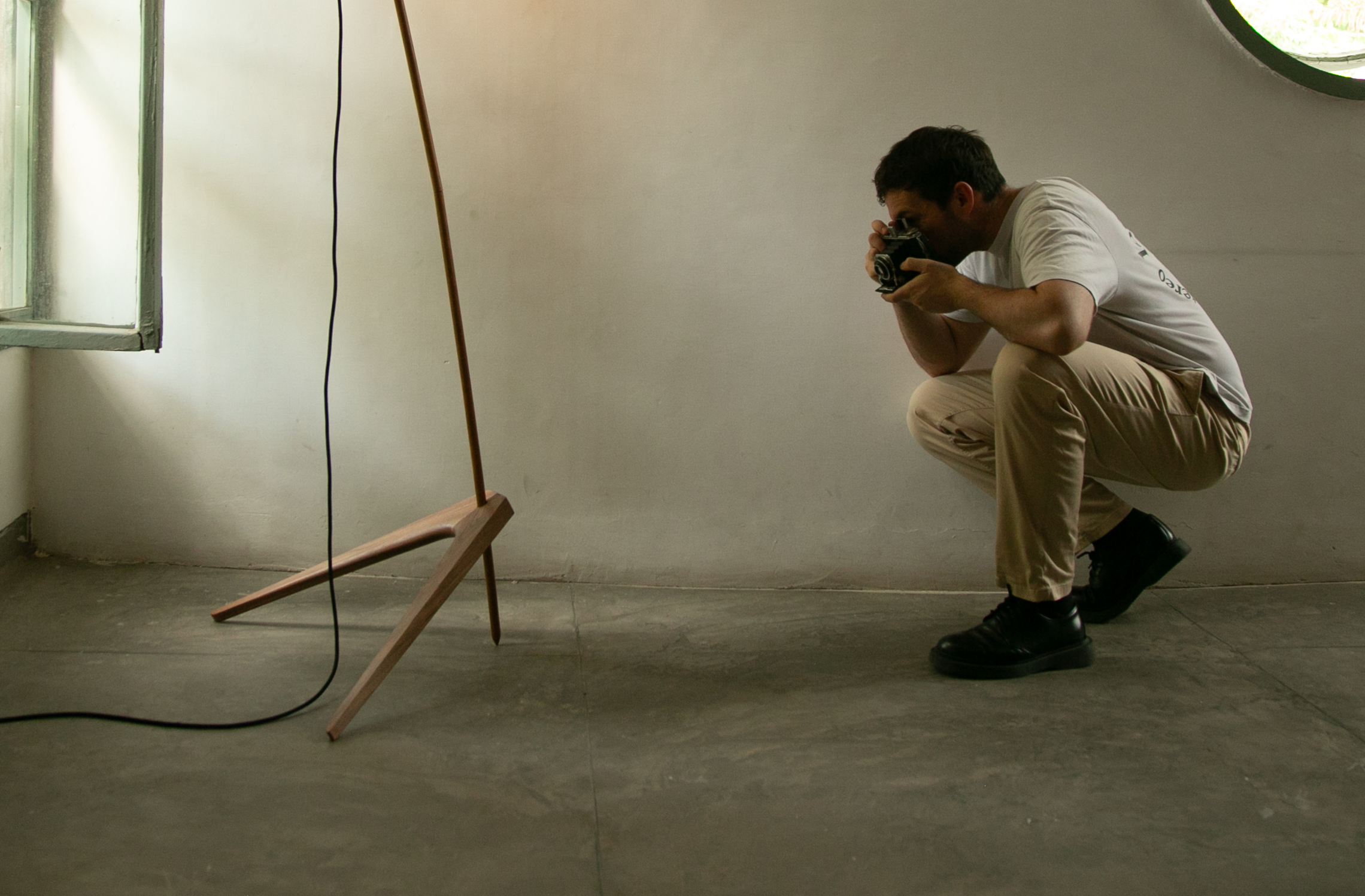
Joe Armitage shooting in Pierre Jeanneret’s house in Chandigarh
After wrapping up the Ahmedabad shoot, the team and I departed for Chandigarh. Jeanneret’s house is located in Sector 5 – a leafy neighbourhood near Le Corbusier’s monumental Capitol Complex and Sukhna Lake. The house is a playful composition of concrete, brick, and stone, set in a generous lawned garden. A tall, curved stone wall on the north face features an eye-shaped window looking out from one of the bedrooms.
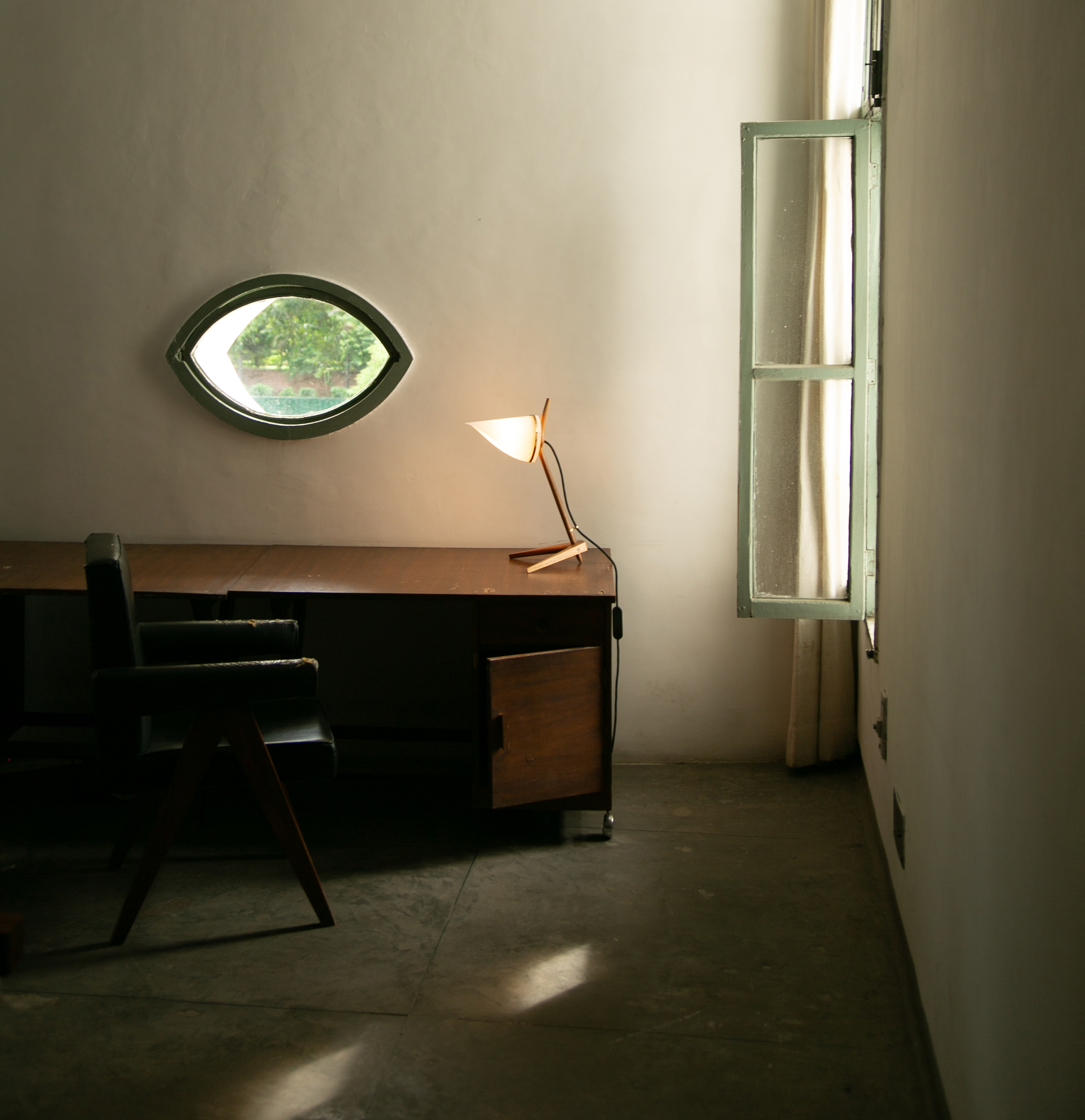
The eye-shaped window inside a bedroom at Pierre Jeanneret's house
We spent two days photographing the atmospheric interiors of the house. As I positioned Jeanneret’s iconic chairs beside my grandfather’s lamp, I imagined how Edward might have observed the chair leg during one of his visits and been inspired to interpret its form into a lamp. I documented the scenes with his camera, hoping the antique contraption would capture this inspirational moment on film despite not being used for decades. Once the shoot was complete, we packed up and I returned home.
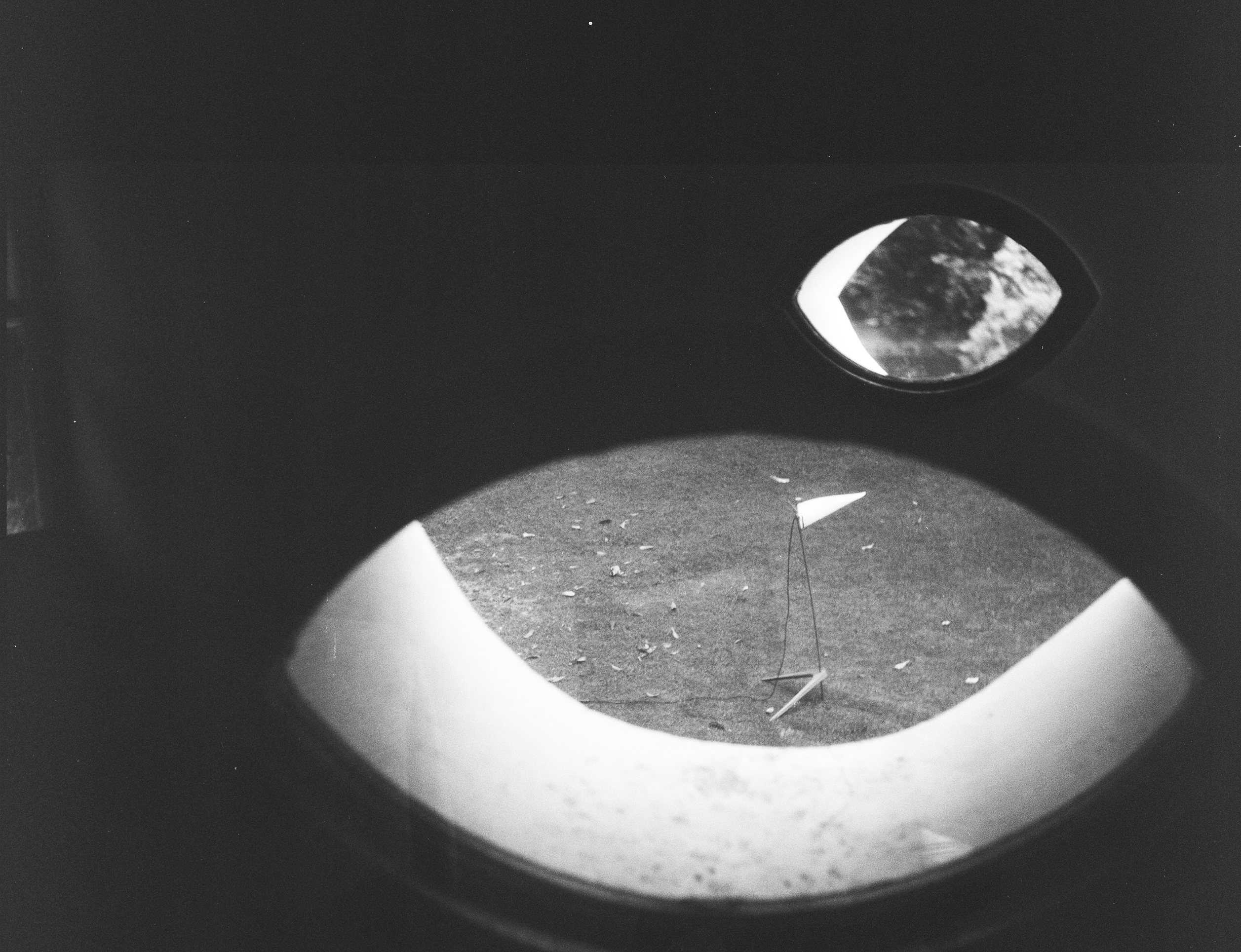
A double exposure, showing Edward Armitage's lamp through the window from Pierre Jeanneret's house
Some time later in the UK, I visited Rajan Bijlani at home to see his extraordinary collection of Jeanneret furniture and the exhibition ‘Syncretic Voices’, which he co-curated with Michael Jefferson. Seated in original pieces from Chandigarh, we studied a book of Rajan’s, which detailed the chronology of Jeanneret’s V-shaped chair designs, first created in 1955.
As I scanned the dates, I felt a sudden sense of disbelief and hurriedly retrieved the original photo of Edward’s lamp. We examined the handwritten note below it – Ludhiana April 1953 – and reached the same conclusion simultaneously: what if it had happened the other way around? Could Jeanneret have been influenced by my grandfather’s design?
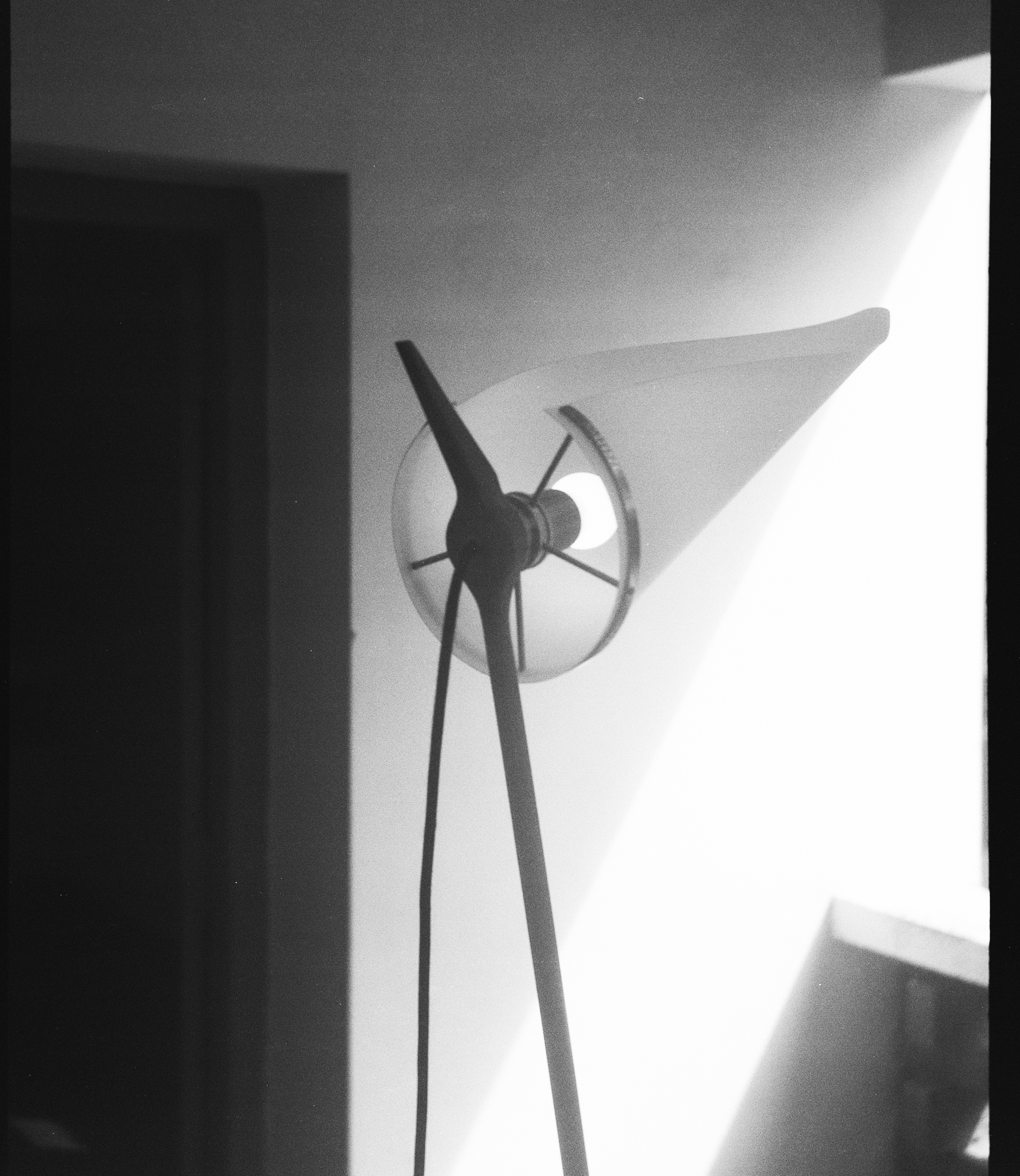
Weeks later, the film from Edward’s old camera returned from the darkroom. Among the photos was a serendipitous double exposure; my grandfather’s lamp stood on Jeanneret’s lawn, as seen through the eye-shaped bedroom window. A fitting metaphor, perhaps, for this intriguing new theory of design inspiration.
Joe Armitage is a London-based lighting designer and former design director of lighting brand Tala.
-
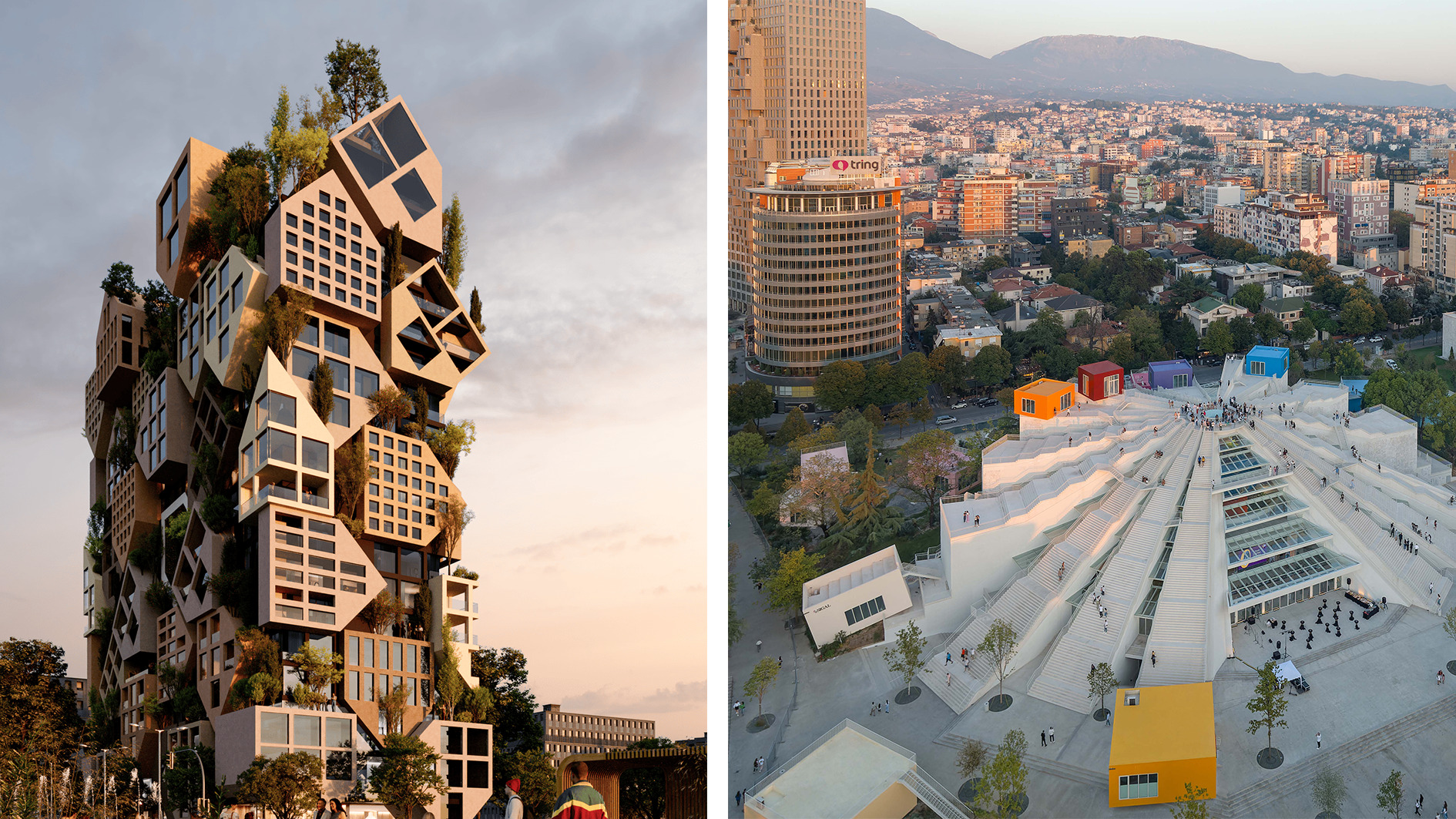 Isolation to innovation: Inside Albania’s (figurative and literal) rise
Isolation to innovation: Inside Albania’s (figurative and literal) riseAlbania has undergone a remarkable transformation from global pariah to European darling, with tourists pouring in to enjoy its cheap sun. The country’s glow-up also includes a new look, as a who’s who of international architects mould it into a future-facing, ‘verticalising’ nation
By Anna Solomon
-
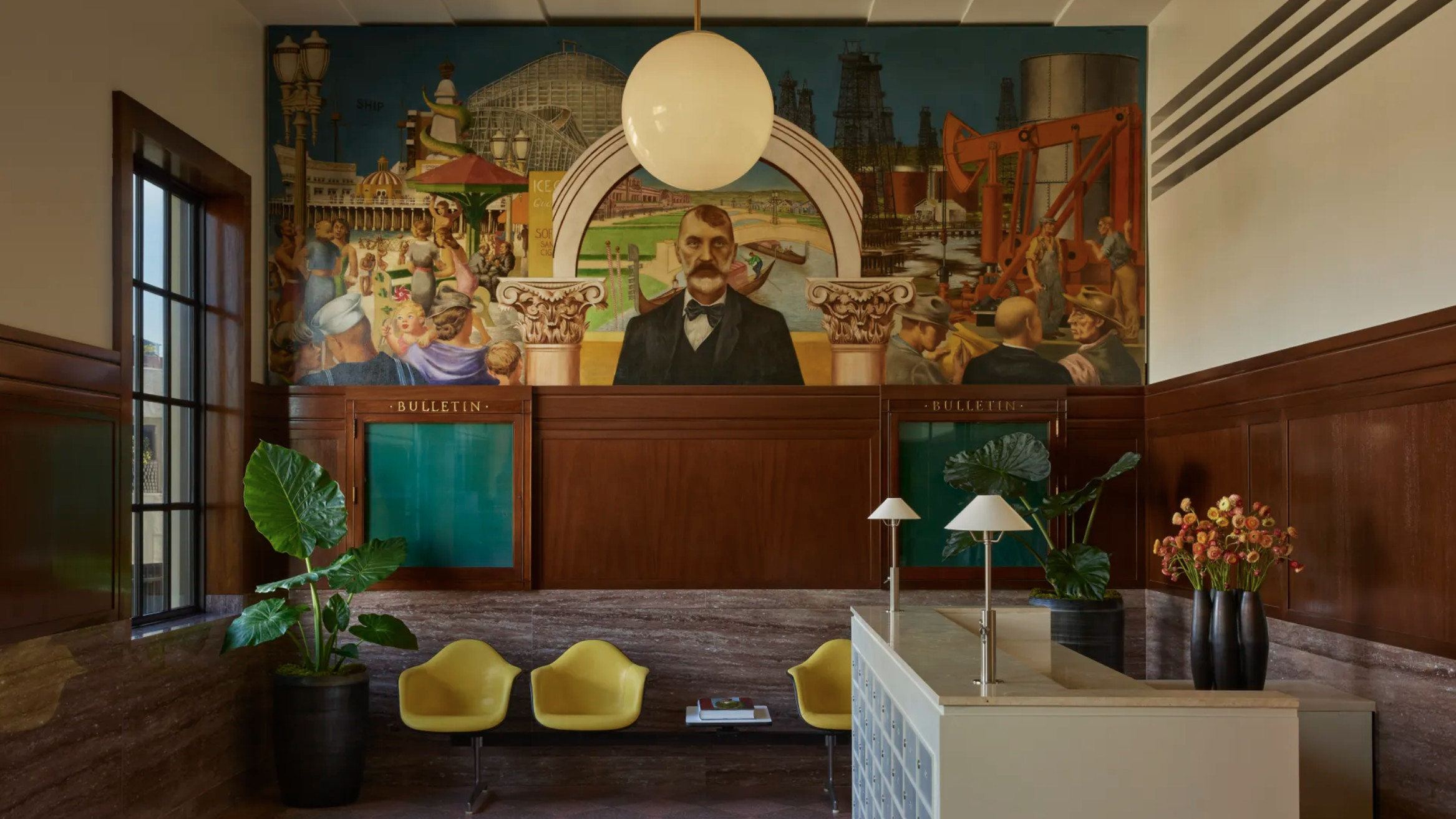 The Lighthouse draws on Bauhaus principles to create a new-era workspace campus
The Lighthouse draws on Bauhaus principles to create a new-era workspace campusThe Lighthouse, a Los Angeles office space by Warkentin Associates, brings together Bauhaus, brutalism and contemporary workspace design trends
By Ellie Stathaki
-
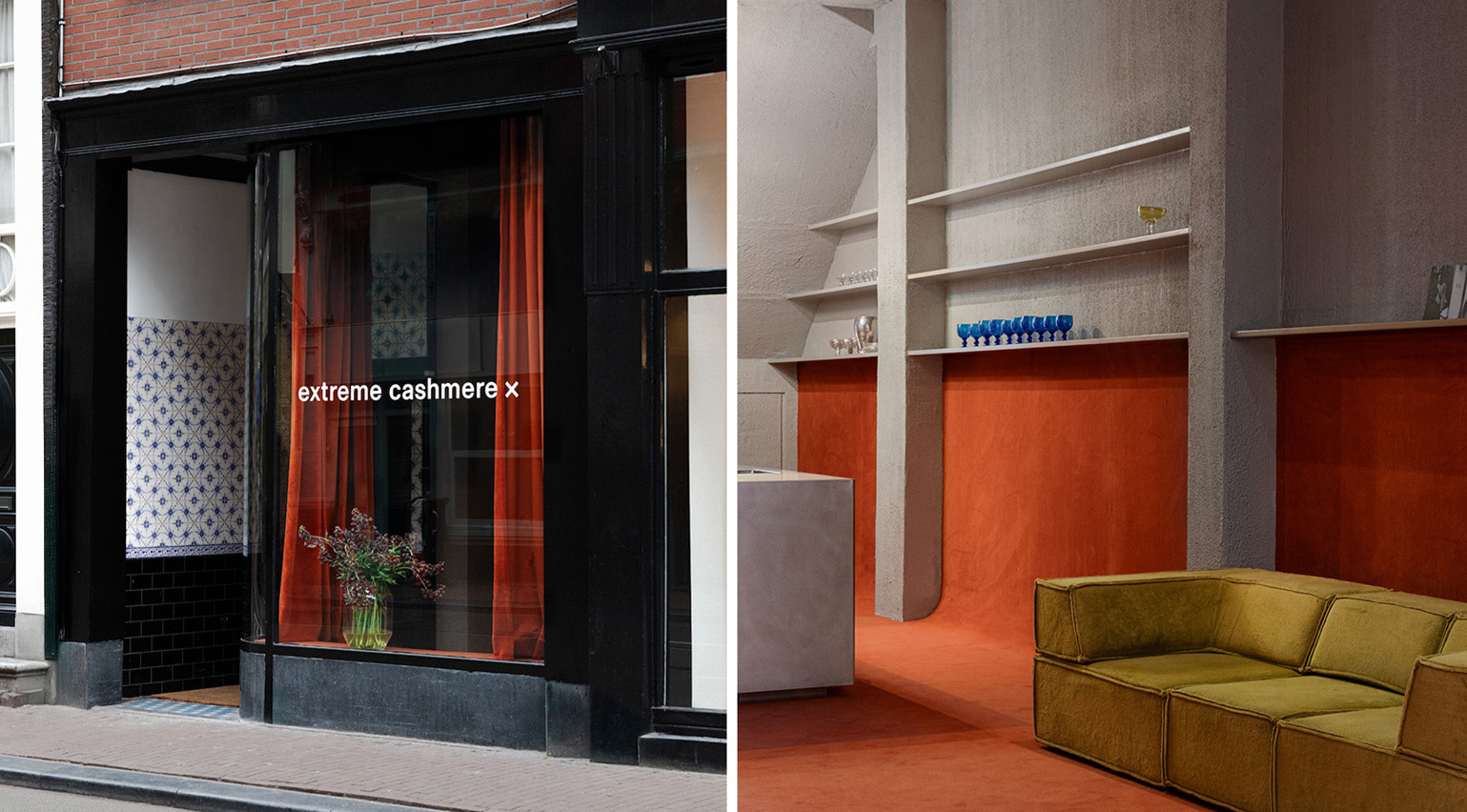 Extreme Cashmere reimagines retail with its new Amsterdam store: ‘You want to take your shoes off and stay’
Extreme Cashmere reimagines retail with its new Amsterdam store: ‘You want to take your shoes off and stay’Wallpaper* takes a tour of Extreme Cashmere’s new Amsterdam store, a space which reflects the label’s famed hospitality and unconventional approach to knitwear
By Jack Moss
-
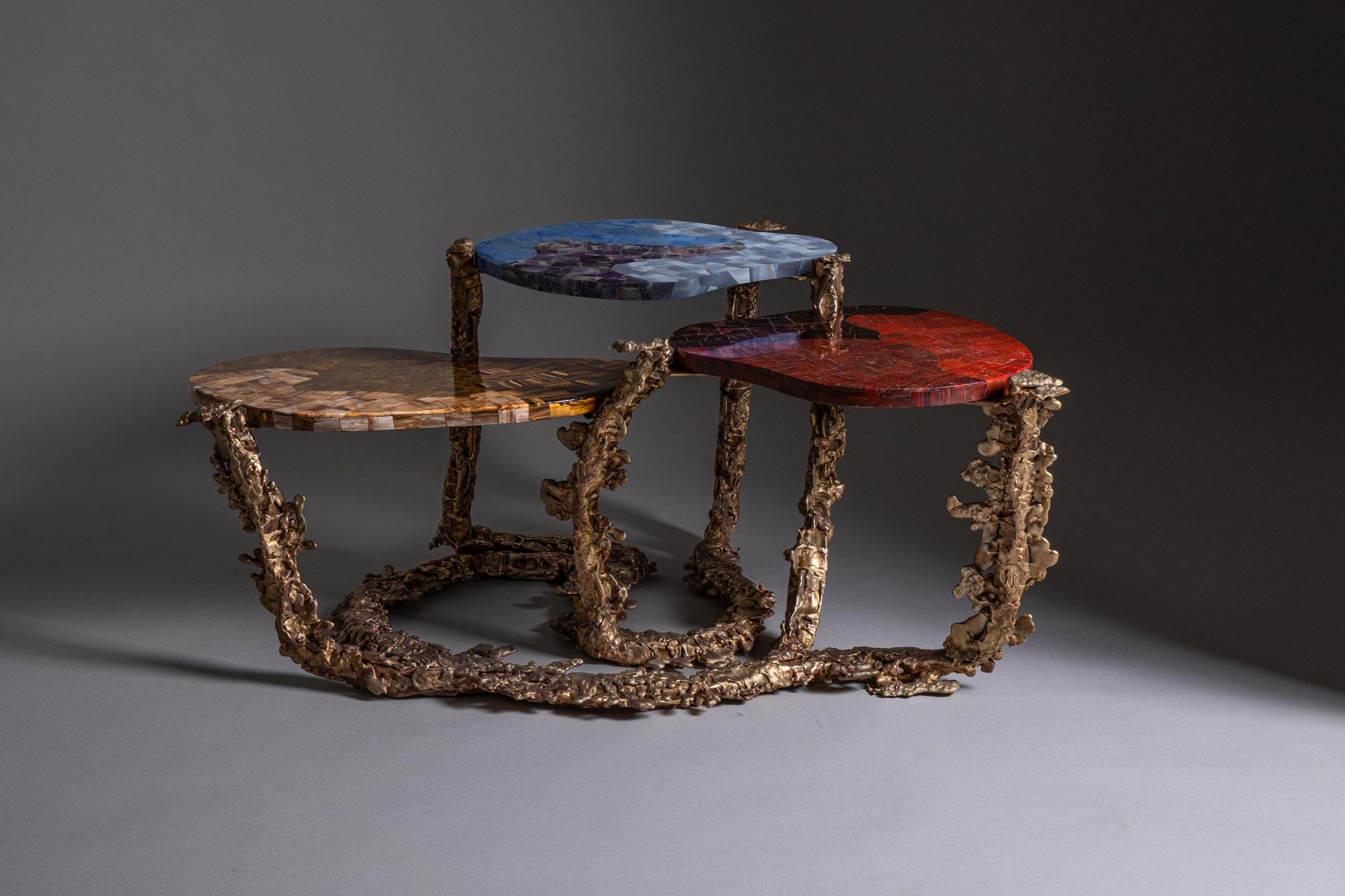 Inside the Shakti Design Residency, taking Indian craftsmanship to Alcova 2025
Inside the Shakti Design Residency, taking Indian craftsmanship to Alcova 2025The new initiative pairs emerging talents with some of India’s most prestigious ateliers, resulting in intricately crafted designs, as seen at Alcova 2025 in Milan
By Henrietta Thompson
-
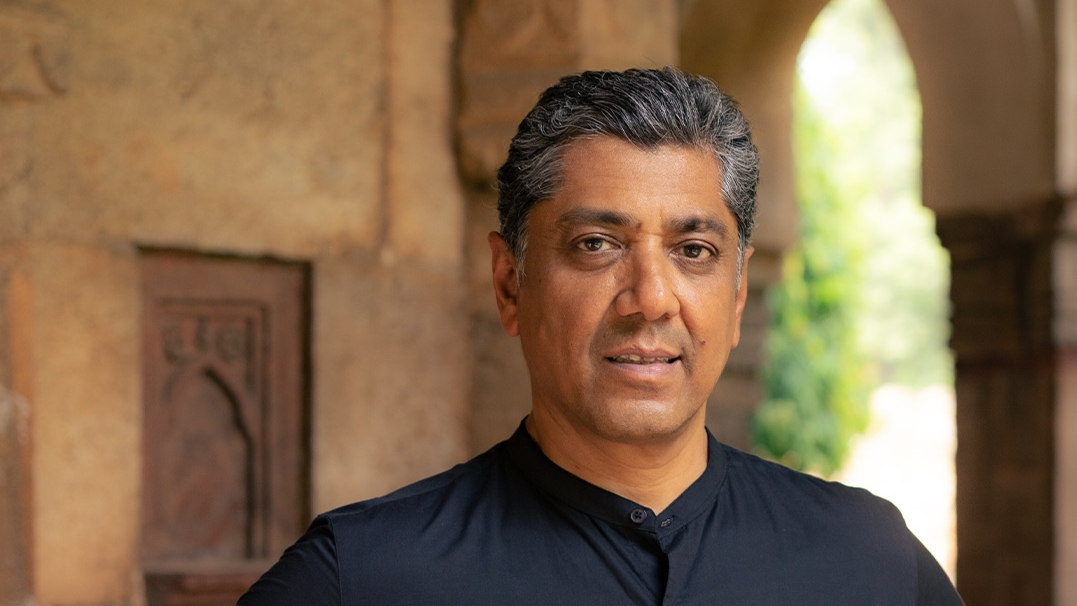 'Now, the world is waking up': Vikram Goyal on bringing Indian craftsmanship to the global stage
'Now, the world is waking up': Vikram Goyal on bringing Indian craftsmanship to the global stageWe talk to Indian craft entrepreneur Vikram Goyal about redefining heritage, innovating with repoussé, and putting Indian craftsmanship on the global map.
By Ali Morris
-
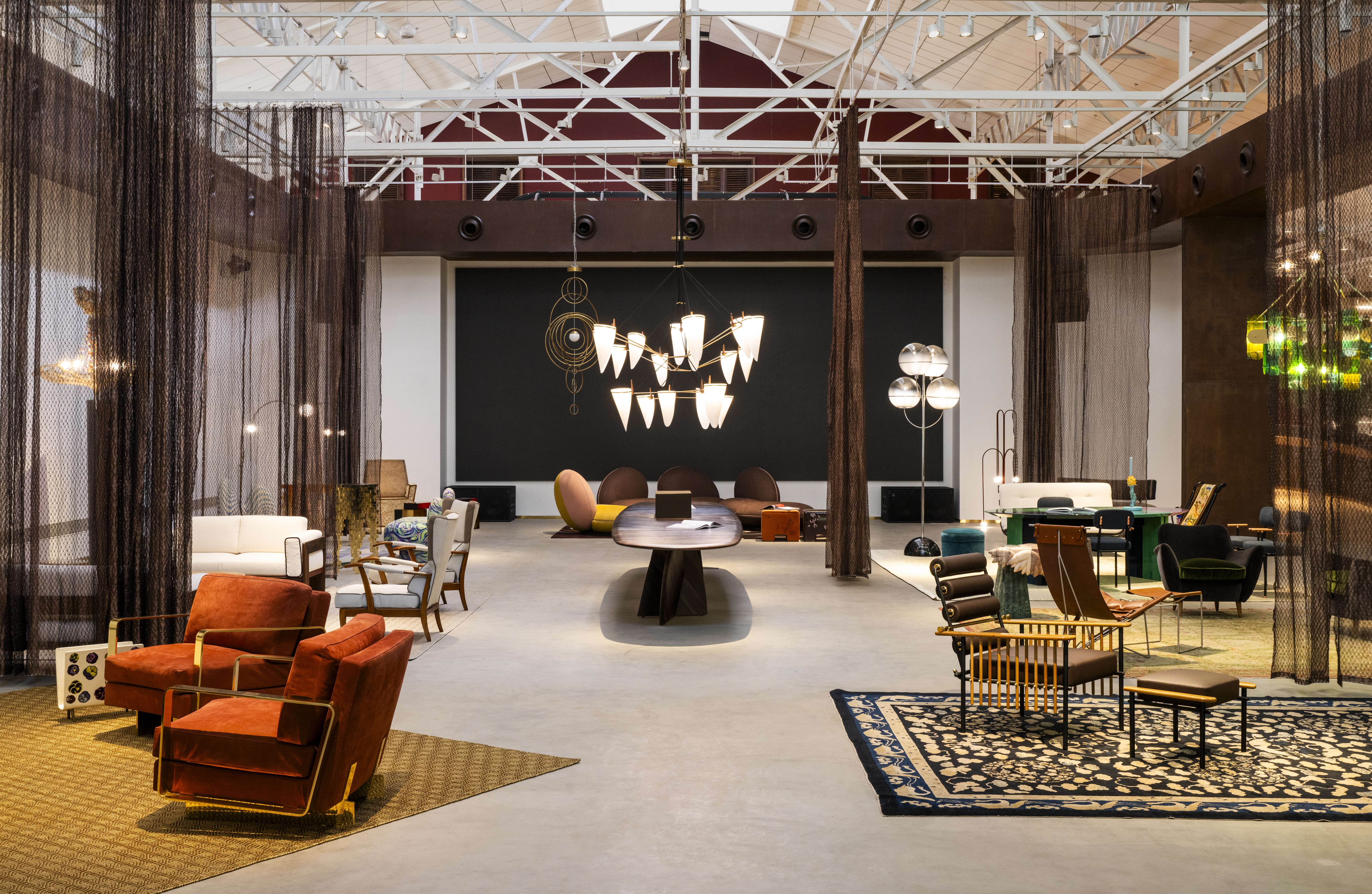 ‘The Indian market has come of age’: Inside Nilaya Anthology, India’s new design destination
‘The Indian market has come of age’: Inside Nilaya Anthology, India’s new design destinationNilaya Anthology – a global design showroom with a distinctly Indian perspective – has opened in Mumbai
By Ali Morris
-
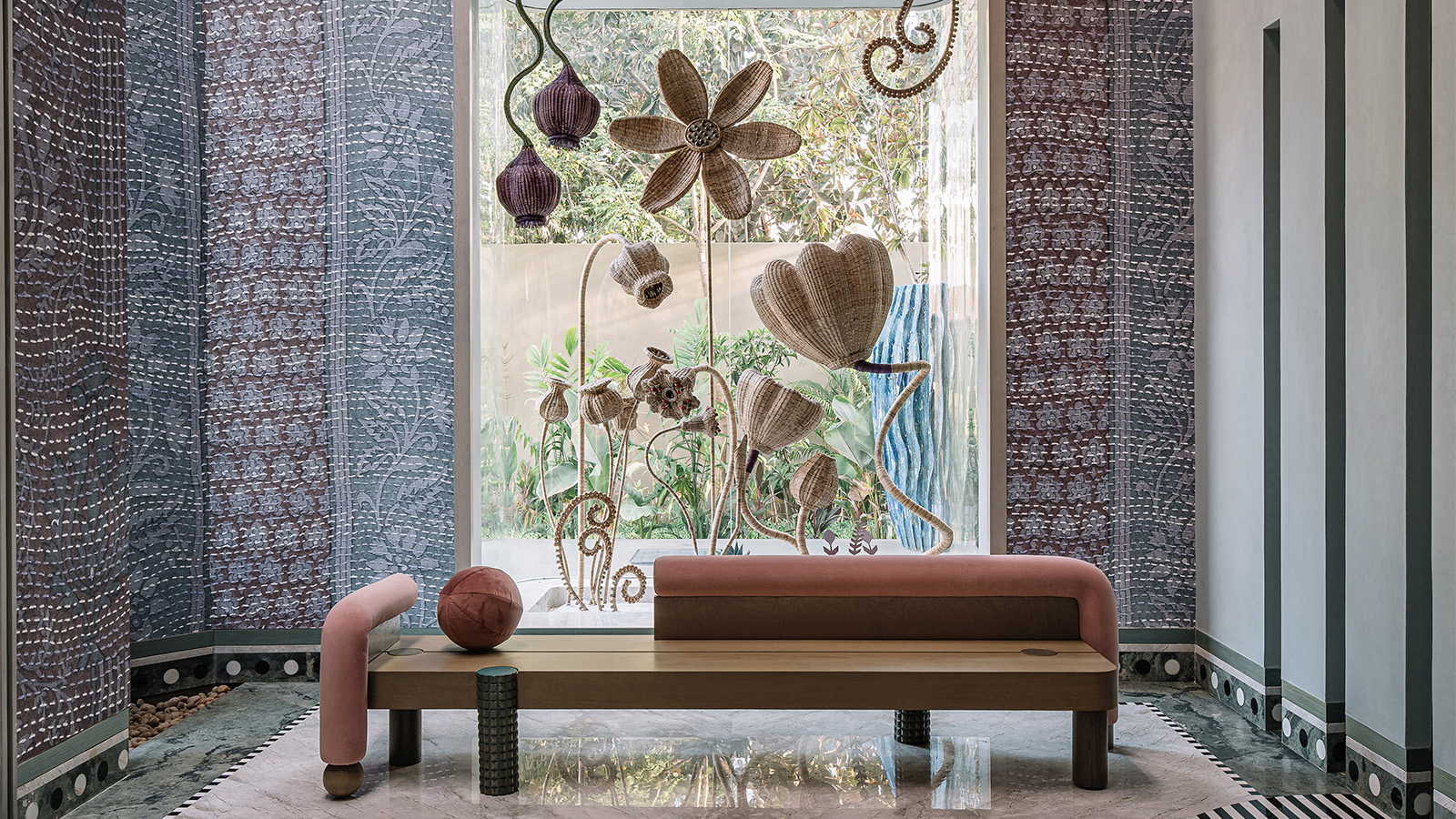 This ethereal Chennai home is a celebration of Indian craft and culture
This ethereal Chennai home is a celebration of Indian craft and cultureDesigned by Multitude of Sins, this Chennai home is an artisanal trove of rich texture and secret garden-like design. Wallpaper* speaks with design principal Smita Thomas on crafting the space
By Tianna Williams
-
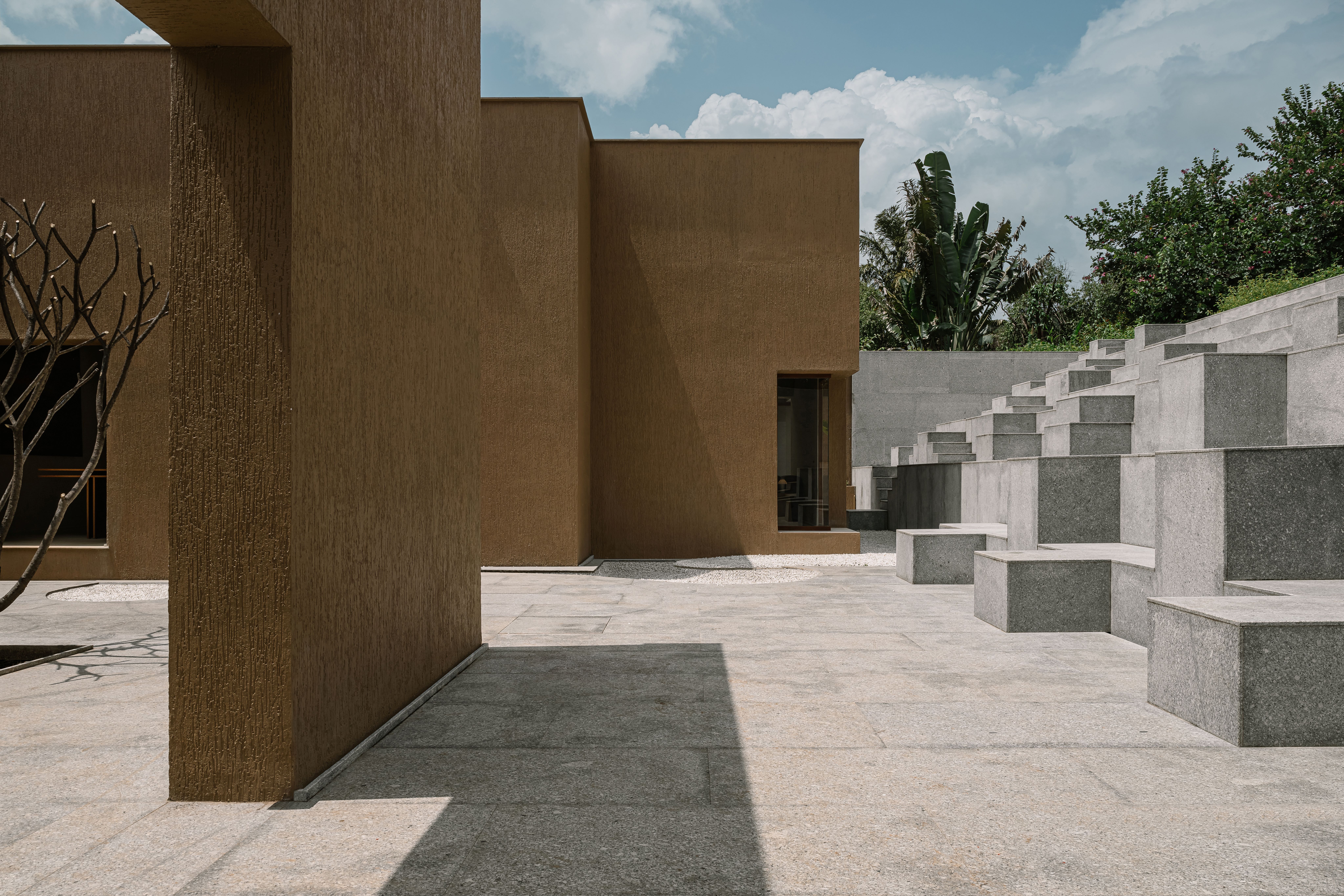 Indian furniture brand SĀR Studio is putting Pune on the map with a new flagship and residency programme
Indian furniture brand SĀR Studio is putting Pune on the map with a new flagship and residency programmeSĀR Residence, a multi-use concept space, acts as an extension of the Indian furniture brand
By Laura May Todd
-
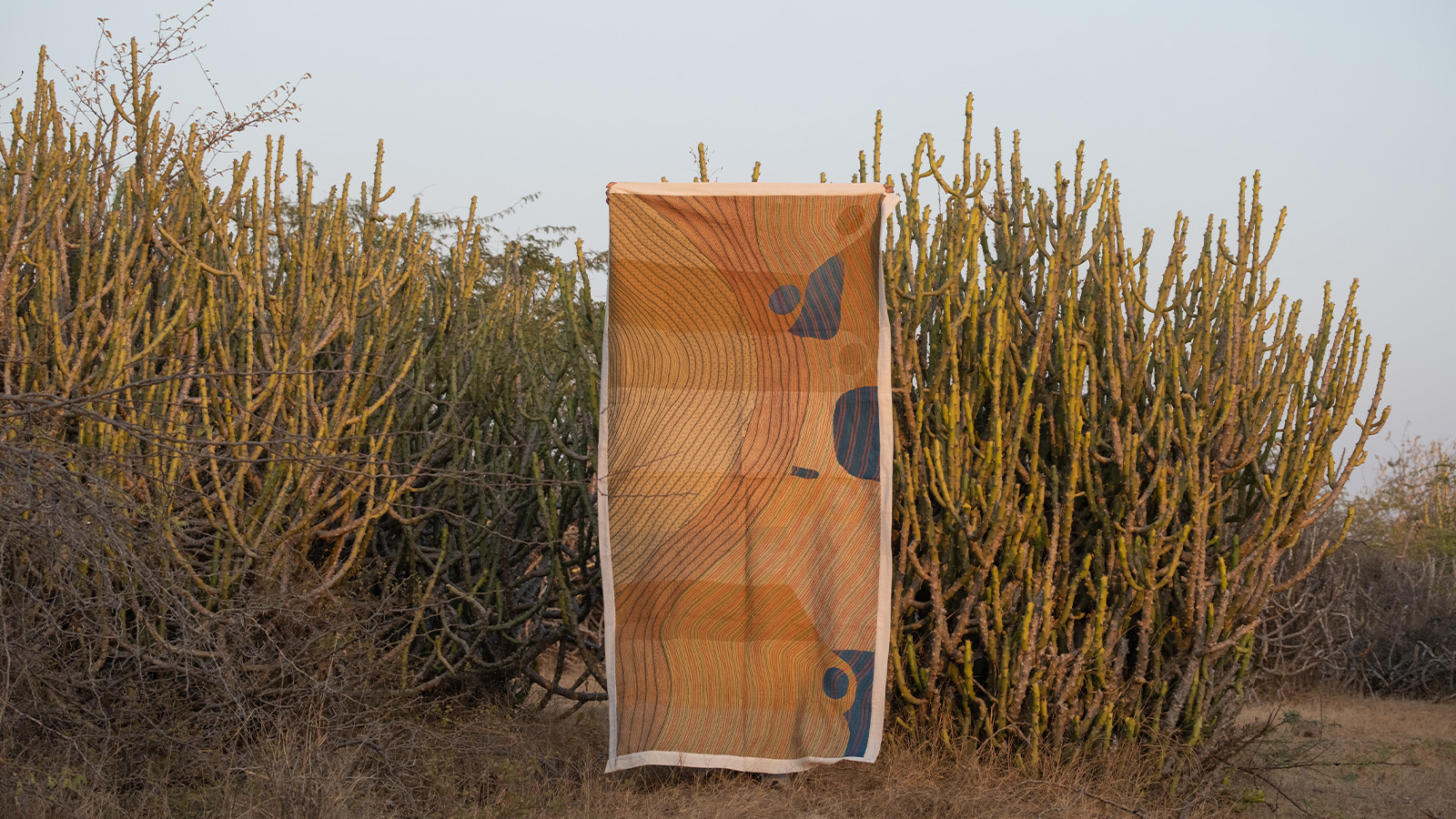 It’s the first-ever Design Mumbai: here’s what to see
It’s the first-ever Design Mumbai: here’s what to seeAt least 100 international and Indian brands will showcase at Design Mumbai, referencing India’s rich and storied heritage of craftsmanship and highly specialised craft clusters (6-9 November 2024)
By Giovanna Dunmall
-
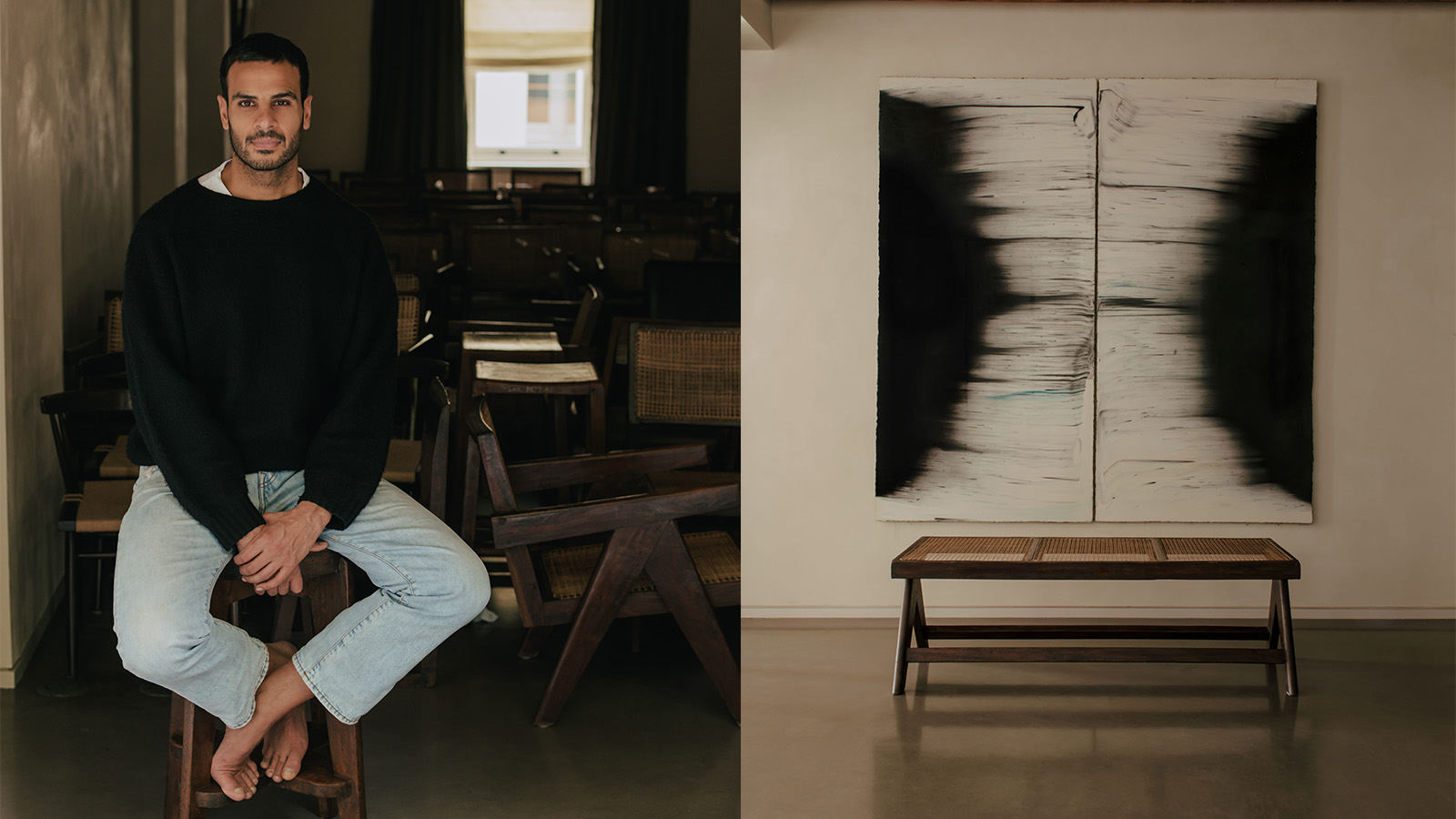 Pierre Jeanneret’s Chandigarh furniture meets South Asian diasporic art in an unusual London exhibition
Pierre Jeanneret’s Chandigarh furniture meets South Asian diasporic art in an unusual London exhibitionRajan Bijlani opens a show combining Pierre Jeanneret furniture for the Indian city of Chandigarh with works for sale by six artists of South Asian origin – in his own London townhouse
By Dal Chodha
-
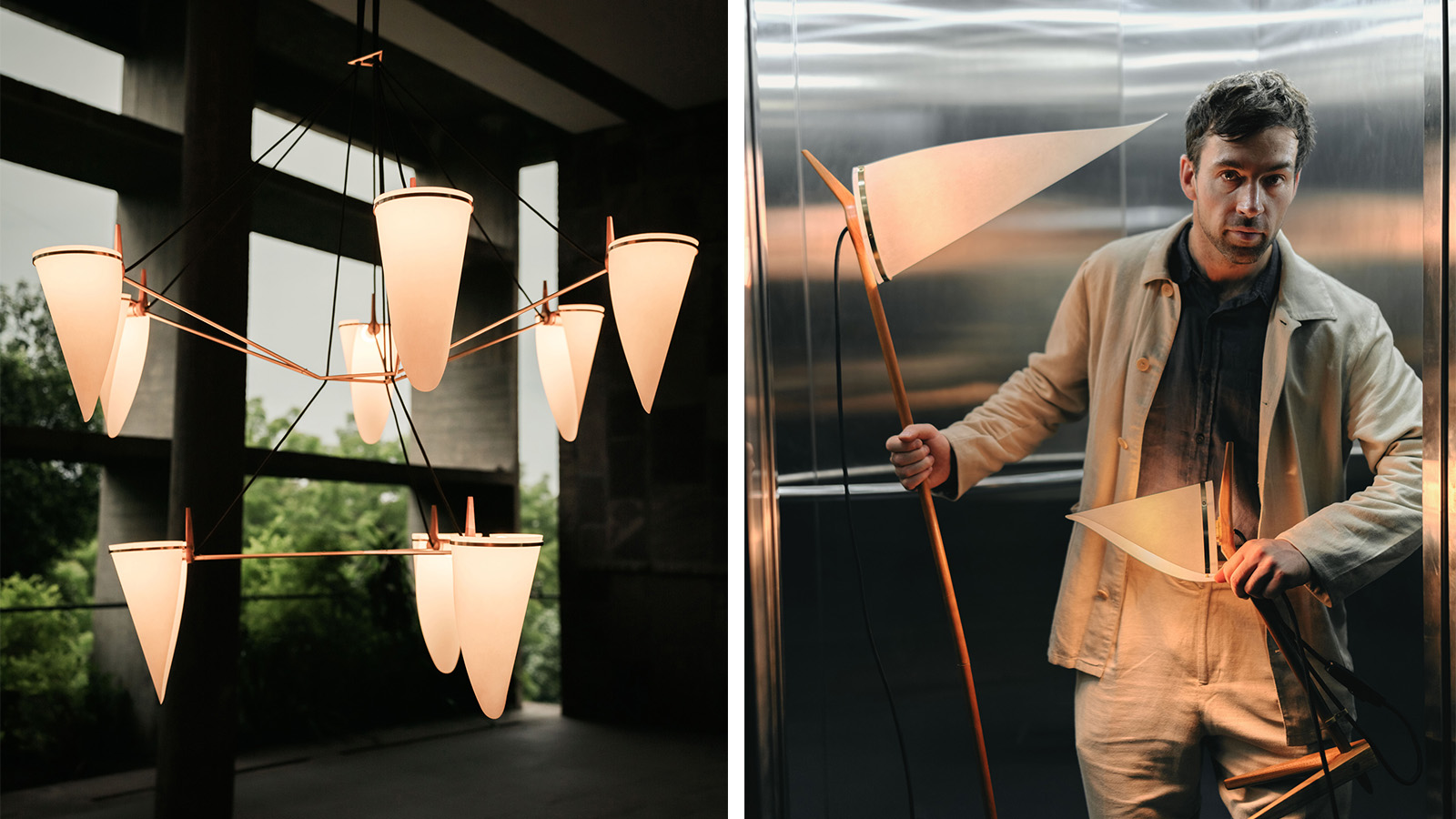 Joe Armitage's new chandelier and lamps are an enlightening take on a family heirloom
Joe Armitage's new chandelier and lamps are an enlightening take on a family heirloomDesigner Joe Armitage follows his grandfather’s footsteps in India, reissuing his elegant midcentury lamp and creating a new chandelier for Nilufar Gallery
By Cristina Kiran Piotti